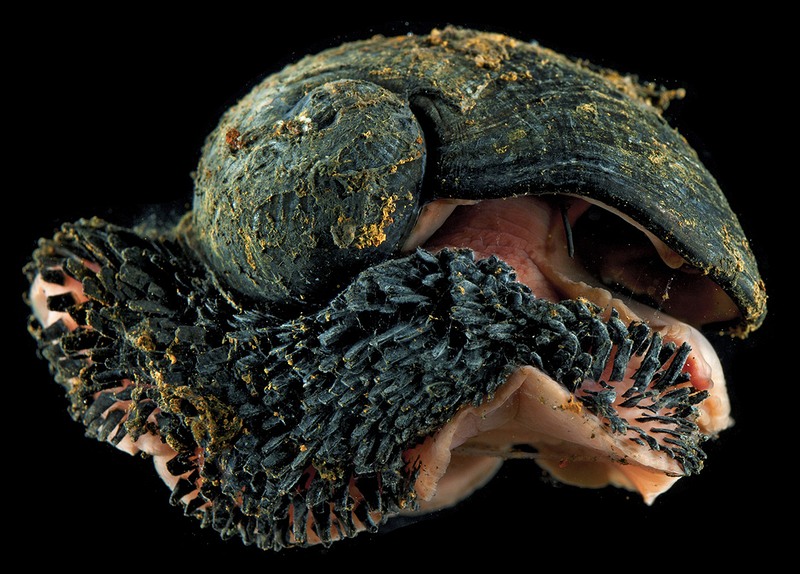Reading this question, Why are there no wheeled animals?, I wondered why no organisms seem to make use of the tensile and other strengths of metal, as we do in metal tools and constructions. I am obviously not talking about the microscopic uses of metal, as in human blood etc.
Why are there no plants with metal thorns? No trees with "reinforced" wood? No metal-plated sloths? No beetles with metal-tipped drills? Or are there?
I can think of some potential factors why there are none (or few), but I do not know whether they are true:
- Is metal too scarce near the surface?
- Are there certain chemical properties that make metal hard to extract and accumulate in larger quantities?
- Is metal too heavy to carry around, even in a thin layer or mesh or tip?
- Can metal of high (tensile etc.) strength only be forged under temperatures too high to sustain inside (or touching) organic tissue, and is crystallised metal too weak?
- Are functionally comparable organic materials like horn, bone, wood, etc. in fact better at their tasks than metal, and do we humans only use metal because we are not good enough at using e.g. horn to make armour or chitin to make drills?
As a predator, I would like to eat a lot of vertebrates and save up the metal from their blood to reinforce my fangs...
A bonus question: are there any organisms that use the high electric conductivity of metal? Animals depend upon electric signals for their nervous system, but I do not think nerves contain much metal. The same applies to the few animals that use electricity as a weapon.







